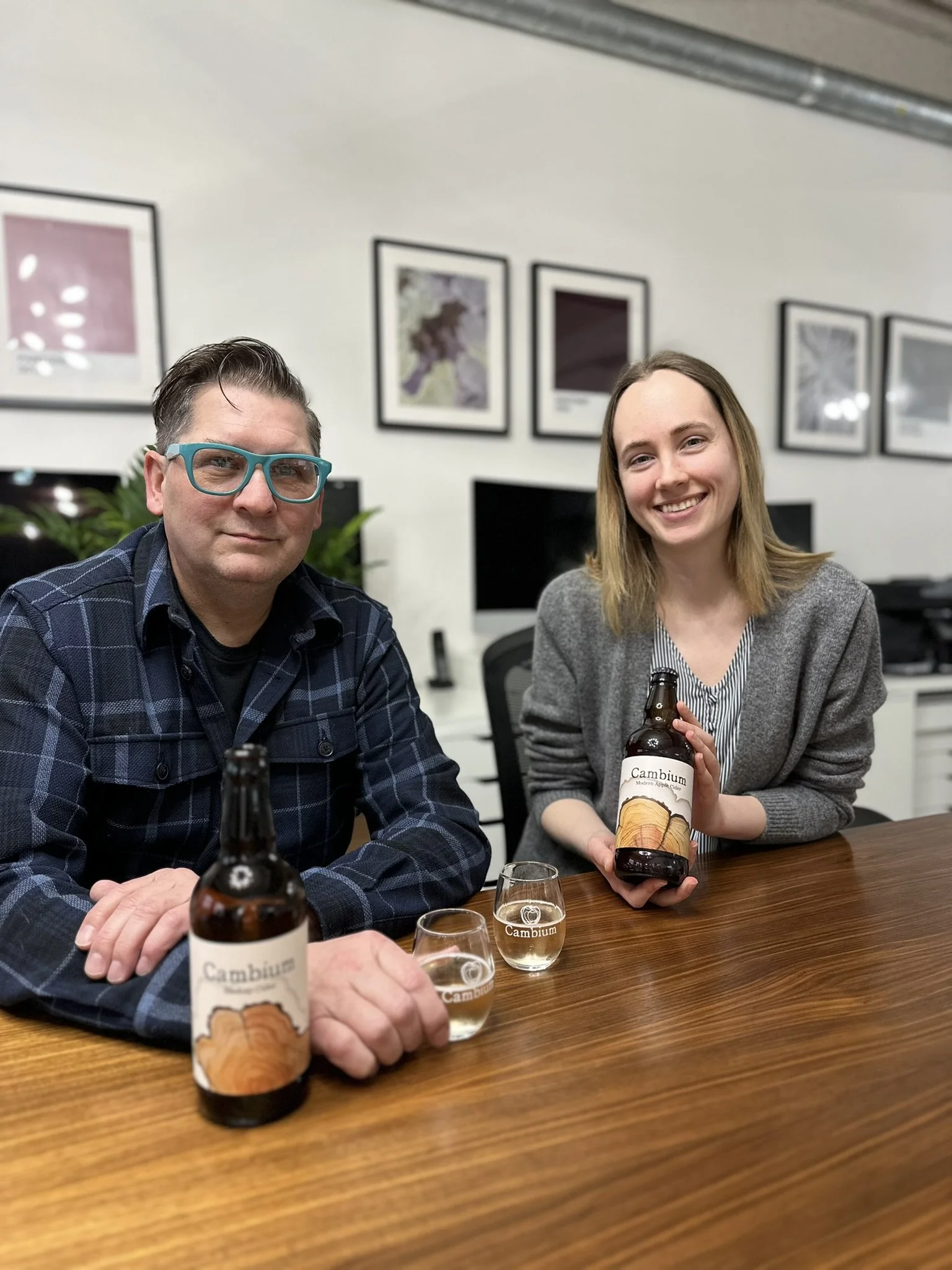To celebrate Cabernet Sauvignon Day, try out these examples from BC wineries such as Blasted Church, TIME Family of Wines, Singletree, and Okanagan Crush Pad (Free Form).
Compare and contrast: Finger Lakes Wine and BC Wine
by Sujinder Juneja #TownHallOnTour
#FLXWine vs #BCWine
We have been lucky enough to attend the 8th annual Wine Bloggers Conference, a gathering of bloggers (naturally), industry professionals and wine lovers. This year, the event was held in Corning, New York with a focus on the great wines, producers and the people of the Finger Lakes AVA.
A diverse, progressive and passionate industry, the Finger Lakes wine region shares many similarities with that of British Columbia, where we are happy to call home. Here are a few of our observations on the connections between the two regions, for your reading pleasure:
Cool Climate Viticulture
The Finger Lakes and British Columbia are both described as ‘cool climate’ wine regions and on average, share a similar amount of degree growing days. However the Finger Lakes region experiences a highly variable climate, with cold winters, cool to warm summers and a short growing season. While there is diversity of climate within the five main BC wine regions (Okanagan Valley, Similkameen Valley, Fraser Valley, Vancouver Island, Gulf Islands), the climate is less extreme overall and degree days are higher on average.
Planting Grapes To Site
The most established wine regions in the world plant grape varietals that are best suited to that particular site or climate. The most planted grapes in the Finger Lakes are Riesling, Chardonnay, Pinot Noir and Cabernet Franc along with a selection of lesser known Vitis vinifera (Blaufränkisch, Saperavi, Sereksiya Charni), native Vitis labrusca (Catawba, Niagara) and French-American hybrids (Traminette, Vidal, Seyval Blanc, Valvin Muscat) that suit the climate and produce balanced and delicious wines. By contrast, the top white grape varietals in BC are Pinot Gris, Chardonnay, Gewürztraminer and Merlot, Pinot Noir and Cabernet Sauvignon for the reds. Other crosses and hybrids such as Ortega, Marechal Foch and select Blattner Hybrids are also planted to produce successful wines. The Finger Lakes and BC wine industries began with native and hybrid varietals with the belief that they would better suit the climate, but consumer preferences in the Fingers Lakes and British Columbia are favouring the more popular vinifera varietals.
What’s Wrong With Hybrids Anyway?
Nothing. If a hybrid grape is grown on a site which allows it to mature to full ripeness, and in the hands of a talented winemaker, they can produce wines that are both balanced and delicious. It’s worth noting that hybrids sell for significantly less by the ton, compared to vinifera varietals, which can affect a winery’s bottom line. Add to that the fact that hybrids are generally less well-known and often hard to pronounce, and therefore market to consumers. One of the most vocal debates during Friday’s Introduction to Finger Lakes Wine Country panel discussion swirled around the contentious use of crosses and hybrids in the region. Consider this: if a hybrid varietal, developed specifically for a particular climate, can produce tasty wines, should they not be celebrated, granting uniqueness to the wine region as a whole? Not all winemakers are convinced. But if you ask someone like Art Hunt at Hunt Country Vineyards, he’ll tell you that his varietally-labelled Seyval Blanc and Valvin Muscat are among their most popular wines. “Millennials want to try new things,” he says. “You can taste 100 Rieslings from the Finger Lakes, but wine drinkers want experience something unique.”
Judy Wiltberger at Keuka Spring Vineyards is proud to show off her Vignoles, a French-American hybrid that sells out every year. In her experience, the key is to market regionally, get people into the tasting room where people can try the wines in person. 70-75% of her sales are through her cellar door and challenging her guests with distinct varietals is a way to excite their palates with something new.
A Sense of Community
Unlike other more competitive regions in the global wine world, the Finger Lakes and British Columbia both enjoy a strong sense of community and partnership. I know firsthand that winery owners and winemakers in BC regularly collaborate and share information and ideas that make the region stronger as a whole. The same is absolutely true for the wineries of the Finger Lakes. If you had the chance, for example, to taste the Tierce Riesling, made by Fox Run, Anthony Road and Red Newt, you’ll know that the wine – and the wine region – is greater than the sum of its parts.
A Window to the World
The Finger Lakes and British Columbia wineries both face the double-edged sword that most of their wine is consumed in their local areas. The challenge offered by the locavore movement in North America means that major cities such as New York and Vancouver consume most of the wine produced in each respective region. Add to that the high tourism rate that each region enjoys means that most wine is sold via the cellar door, limiting the chance for export and global distribution. What this means is that fewer consumers internationally have the chance to taste the wines and understand what the region is all about. At this point, allocation to outside markets becomes a critical path to increasing the prestige and recognition of the regions as a whole.
With Open Arms
At the end of the day and at the end of this conference, the greatest impression left on us about the Finger Lakes wasn’t the wine. It was the people. It wasn’t just the wineries and winemakers that opened their arms to welcome us, but also the restaurants, shops, hotels and the community at large. From our first day in Keuka Lake, throughout the expertly-organized pre-conference excursion and to the last day of the conference itself, there was an excitement and overall warmth that was impossible to ignore, and wonderful to be a part of. When the wine bloggers visited Penticton, British Columbia for #WBC13 it was a similar experience as well. Community, a sense of place, and the celebration of diversity were as much a part of the 2013 Wine Bloggers Conference as they are in 2015.
See you in 2016 in Lodi, California.








